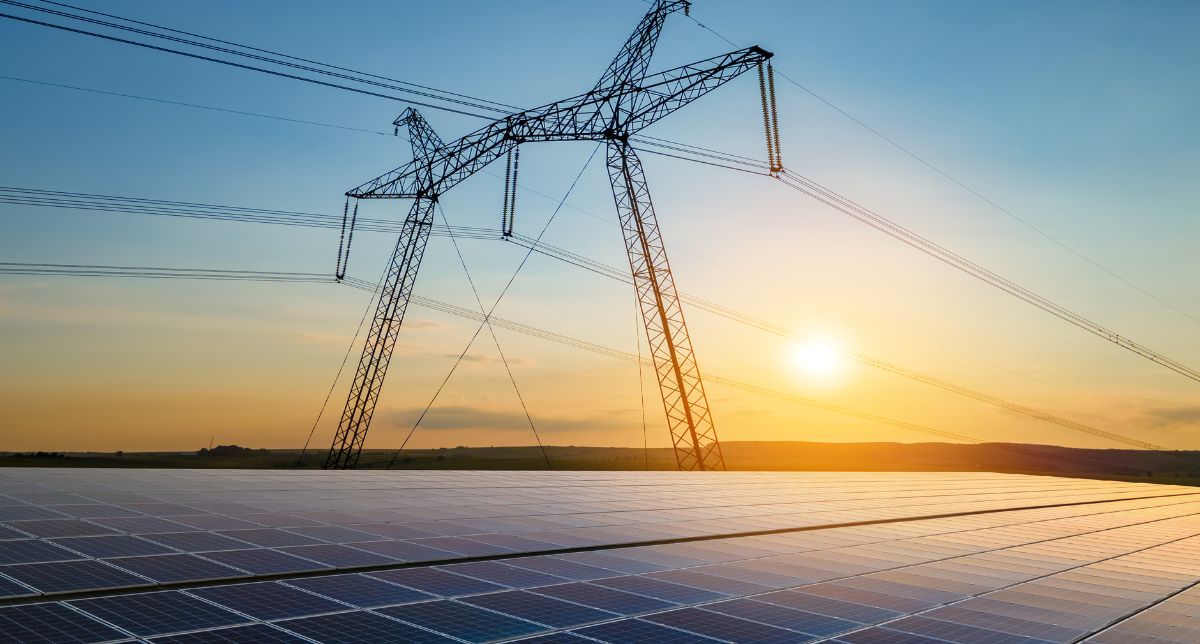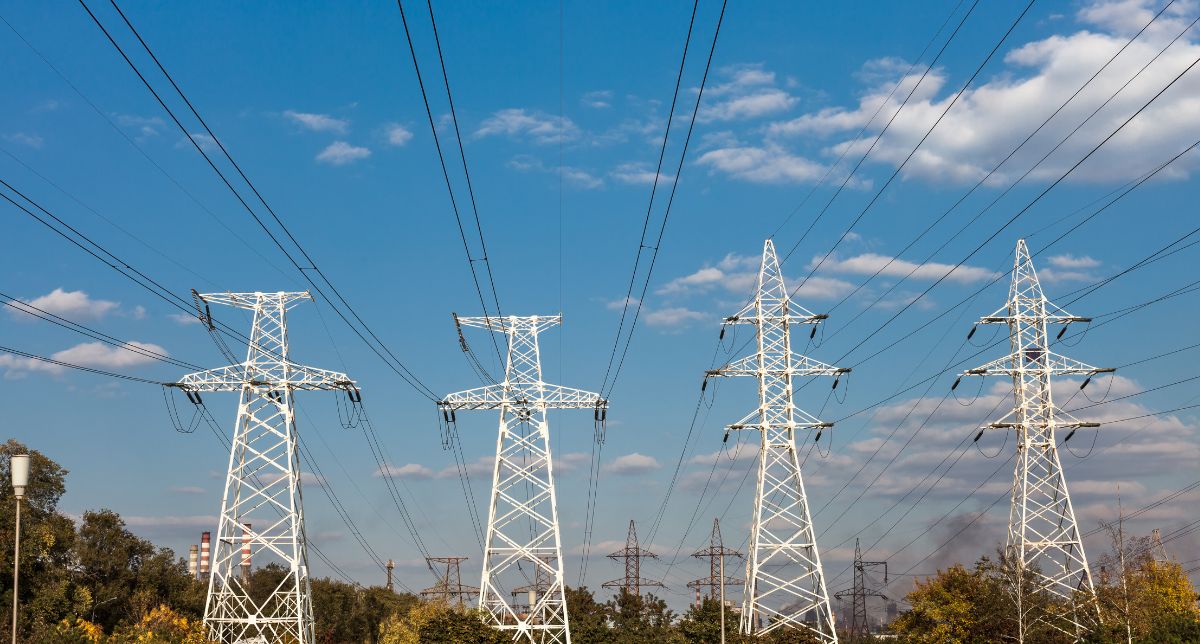For decades, the power sector operated under a predictable paradigm: large centralized plants generating energy that flowed unidirectionally through a vast transmission and distribution network to the end consumer. This infrastructure, one of the greatest engineering marvels of the 20th century, was designed for stability and consistency. Today, that very stability is being challenged by a revolution it helped create: the transition to renewable energy.
The Paradox of Abundance: Why the Current Grid Cannot Support the Future
To grasp the magnitude of the challenge, one must look at the nature of these new energy sources. Unlike thermal or hydroelectric plants, which provide firm and dispatchable generation, solar and wind power are intermittent and variable. They produce abundantly when the sun shines and the wind blows, and stop when conditions change.
This variability creates a logistical nightmare for system operators. In Brazil, for example, the phenomenon of curtailment has already become common, where the National System Operator (ONS) is forced to “switch off” operating wind and solar plants to avoid overloading the grid and to maintain system frequency stability. In essence, we are wasting clean, low-cost energy because the infrastructure cannot absorb or transport it to where it is needed.
Beyond intermittency, distributed generation – millions of rooftop solar panels on homes and businesses – has reversed the flow of energy. Grids, once one-way streets, must now function as two-way avenues, managing complex flows of energy coming from countless points. Without digitalization and intelligence, the result is voltage instability, technical losses, and a growing risk of localized blackouts.
The Cost of Inaction vs. the Return on Investment
Modernizing such a vast infrastructure carries a monumental price tag. Estimates from the International Energy Agency (IEA) point to the need for trillions of dollars in global grid investments by 2040. However, the cost of inaction is demonstrably greater. It translates into lost economic competitiveness, higher energy costs for end consumers, reduced energy security, and, crucially, failure to meet the climate goals of the Paris Agreement.
IRENA’s plan argues that these expenditures should not be seen as costs but as investments with high returns. A modernized grid reduces technical and commercial losses, optimizes the use of generation assets (avoiding curtailment), paves the way for new business models (such as ancillary services markets), and boosts system reliability—an essential factor for attracting industries.


Comment